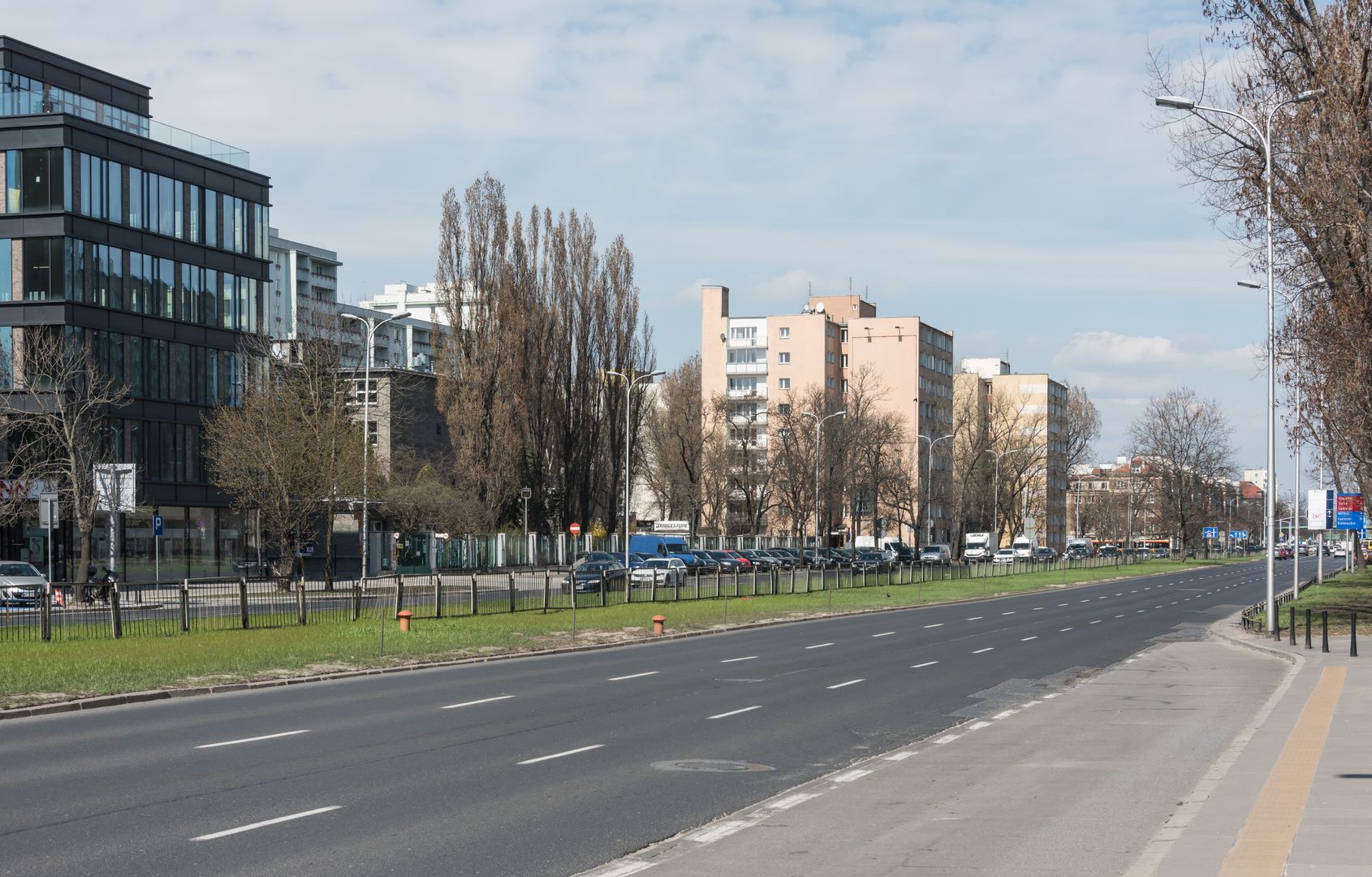Czerniakowska Street in Warsaw
6.71

Overview
Czerniakowska Street is one of the key thoroughfares in Warsaw's Mokotów district, forming part of the Wisłostrada (Vistula Embankment) and boasting a rich history spanning centuries. From ancient trade routes to modern infrastructure, it has shared in the city's developmental journey. In the 18th and 19th centuries, its characteristic wooden buildings gave way to brick structures, with numerous warehouses, breweries, and mills dotting the area. The street held political significance as well, as one of its houses hosted meetings of the Kuźnica Kołłątajowska—a key Enlightenment-era discussion group.
The period from 1830 to 1914 brought industrial growth, marked by the establishment of major facilities like the Weiss Brewery and the Government Machine Factory. Notably, the arson attack on the brewery in 1830 served as the signal to launch the November Uprising. After the regulation of the Vistula River and the construction of a water supply system, the street began to modernize; the Wilanów Horse Railway line was launched here between 1891 and 1892.
During the interwar period, Czerniakowska gained further prominence, with modern buildings and social initiatives—such as the Association of Educational Institutions of the Holy Family of Nazareth—springing up in the vicinity. World War II brought massive destruction, and many historic structures were demolished in the postwar era. The 1970s construction of the Wisłostrada led to the loss of additional historic buildings.
Today, the street is home to significant landmarks including the Church of St. Anthony, the River Pumping Station, and the Jan III Sobieski High School (LXXV Liceum Ogólnokształcące). Popular culture has also immortalized the street, particularly through the works of writer and singer Stanisław Grzesiuk. With its rich architectural and cultural heritage, Czerniakowska remains a vital part of Warsaw's identity.
Location
Tickets
Powered by GetYourGuide
2025 Wizytor | All Rights Reserved